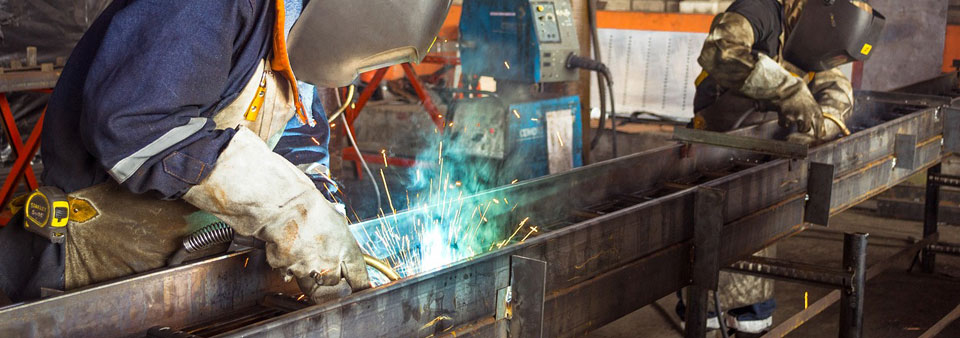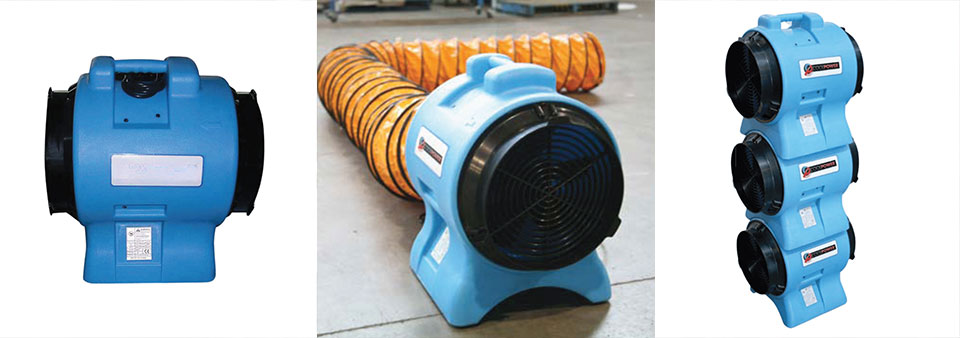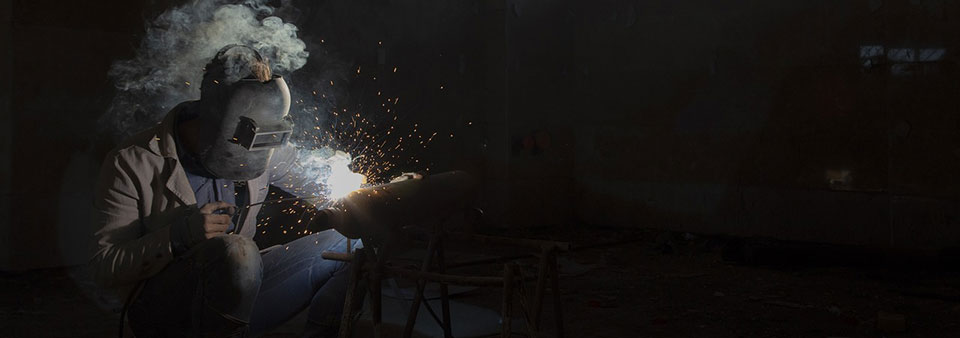Welding is a crucial process in many industrial and commercial environments, but it also poses serious health risks due to exposure to hazardous fumes. To protect workers, businesses in Australia must adhere to strict exposure standards. But who is responsible for ensuring compliance with these standards, and how can companies safeguard their workforce against harmful airborne contaminants?
What Is the Standard for Welding Fume Exposure?
In Australia, welding fume exposure is regulated by standards set by Safe Work Australia. These standards define the permissible exposure limits for total welding fumes and other airborne contaminants. The exposure limit is typically measured as an 8-hour time-weighted average (TWA), meaning that workers’ exposure to harmful fumes must not exceed a certain concentration over an 8-hour workday.
Different welding processes generate varying levels of fumes, and these fumes often contain toxic substances like manganese, hexavalent chromium, and other dangerous particles. Prolonged exposure to welding fumes has been linked to serious health issues, including lung cancer, making it critical for businesses to closely monitor the level of welding fumes in the workplace.

How to Be Compliant with the Welding Fumes Exposure Standard
Compliance with the welding fumes exposure standard is primarily the responsibility of employers. Employers must implement appropriate control measures to protect workers from exposure to harmful fumes and ensure compliance with WHS/OHS laws. Here’s how businesses can stay compliant:
- Conduct Risk Assessments
The first step in compliance is to conduct a thorough risk assessment. Identify the individual components of the welding process that could release harmful fumes. Consider the type of welding being done, the materials used, and the work environment to assess the risk associated with welding. - Implement Control Measures
Based on the risk assessment, implement control measures to reduce fume exposure. This may include installing fume extraction systems, using personal protective equipment (PPE), and improving ventilation. In areas where welding fumes are a significant concern, local exhaust ventilation systems should be installed to capture fumes directly at the source. - Regular Monitoring
Continuous monitoring of the work environment is essential to ensure that the concentration of airborne contaminants remains below the exposure standards for airborne contaminants. Regular testing of air quality can help ensure that workers are not exposed to harmful levels of welding fumes. Make adjustments to ventilation systems and extraction units as needed to maintain safe levels of exposure. - Proper Training and Equipment Maintenance
Provide workers with training on the safe operation of extraction systems and other control measures. Regular maintenance of ventilation and extraction systems is also critical to ensure they continue to function properly. A breakdown in the system could result in dangerous levels of fume exposure.
By taking these steps, businesses can comply with the exposure standards set by Safe Work Australia and protect their workers from the dangers of welding fumes.
Fanquip Products for Fume Extraction
When it comes to controlling fume exposure in industrial environments, Fanquip offers a wide range of high-performance fume extraction solutions. Our products are designed to effectively remove harmful fumes, ensuring a safer work environment. Here’s a look at some of our key products:

Mobile Fume Extractor
Fanquip’s Mobile Fume Extractors are designed to capture hazardous airborne particles such as welding fumes, grinding dust, and soldering fumes. Available in both 2-arm and 1-arm configurations, these extractors are ideal for industries that need a flexible, portable solution for fume extraction. The flexible arms allow for precise positioning, ensuring that fumes are captured directly at the source.
Both models feature a two-stage filtration system, which includes a pre-filter and an F9 main cartridge filter for maximum filtration efficiency. With large wheels and sturdy brakes, these extractors are easy to move and position, making them a reliable choice for workshops, manufacturing centres, and service areas.
Portable Blower Extractor
For confined spaces where at-source extraction may not be feasible, the Portable Blower Extractor offers an effective solution. This Australian-made, lightweight fan is used extensively in industrial applications to ventilate confined spaces and extract fumes, smoke, and hazardous gases. With a 5m length of heavy-duty flexible ducting, this portable extractor can be used in a variety of situations where ventilation is needed but direct extraction at the source is not possible.
Purging Fans
In some confined spaces where fume extraction at the source is not practical, Purging Fans can be used to ventilate the area. While not designed for source extraction, these fans help to purge the space of harmful fumes and gases, improving air quality and ensuring that workers have access to fresh, clean air. Purging fans are especially useful in confined spaces where air circulation is limited, but it’s important to remember that they are not a substitute for direct fume extraction systems.
Our Compact Purging Fan is a unique, lightweight, impact-resistant unit for confined space areas providing both positive and negative airflow, along with the added stacking feature.

Get Expert Advice for Industrial Ventilation Solutions
Choosing the right ventilation and fume extraction systems is crucial for maintaining compliance with the exposure standards for airborne contaminants and protecting worker health. At Fanquip, we understand the complexities of industrial ventilation and offer a range of products designed to meet the needs of Australian businesses.
Whether you need a mobile fume extractor, a portable blower extractor, or a complete ventilation solution, our team of experts is here to help. We can provide tailored advice on the best products to meet your specific requirements, ensuring that your business stays compliant with WHS/OHS laws and protects its workforce.
Contact Fanquip today to learn more about our industrial ventilation solutions and how we can help you manage fume exposure in your workplace.
